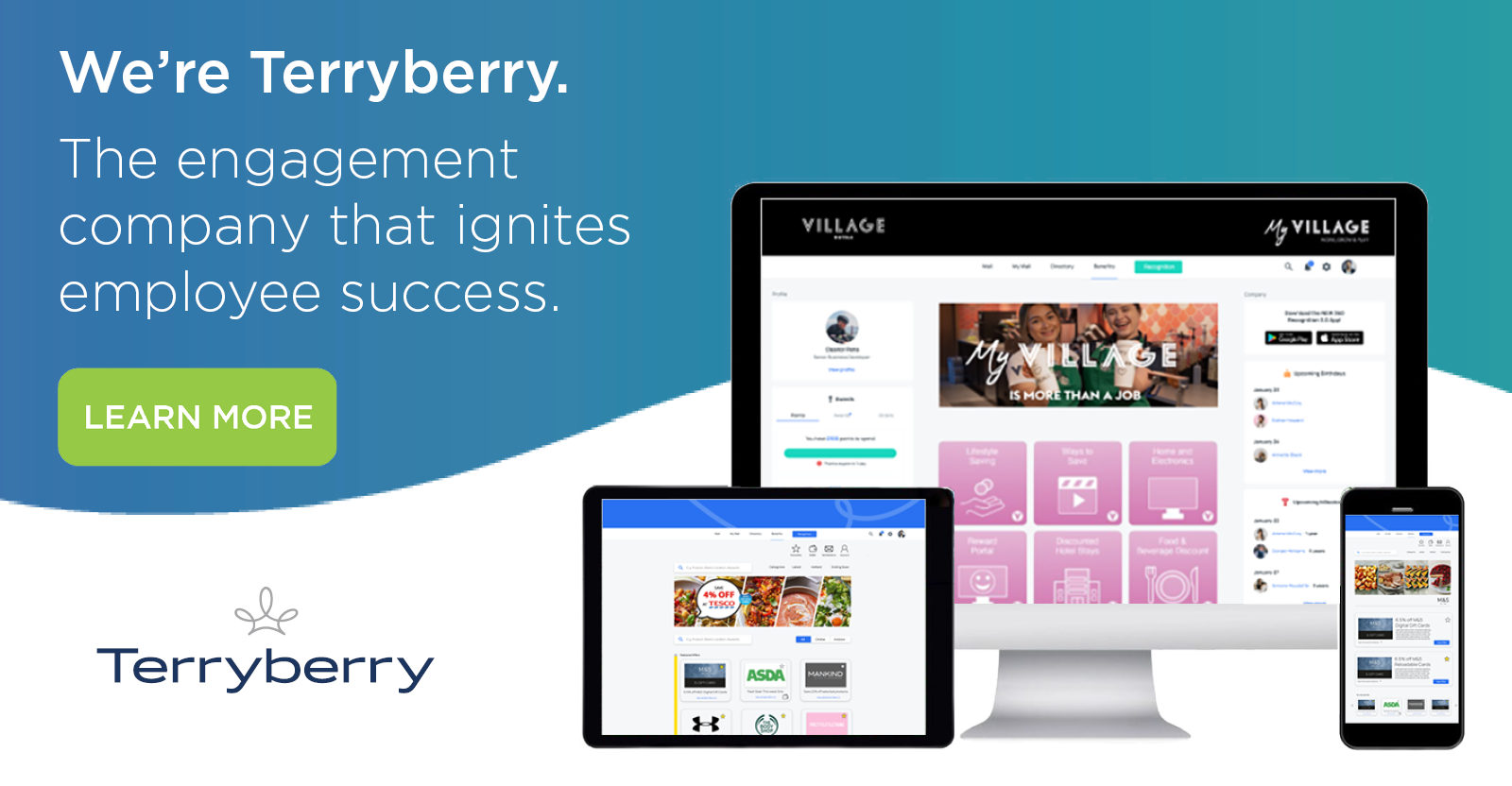March 9, 2023

Recognition and rewards have long stood as crucial components of many organisations' employee engagement strategies.
And for good reason too.
Effective employee recognition and reward programs are unmatched when it comes to driving employee engagement, boosting staff satisfaction and retaining top talent.
However, offering just any solution can cause problems. Providing timely and meaningful recognition is key.
Real-time recognition allows employers to show their appreciation, reward and celebrate employees' achievements immediately, positively impacting their morale, motivation and overall performance.
What is a recognition and reward program?
HR professionals and leaders have long utilised recognition and rewards as an effective way to appreciate their staff. Although the two go hand-in-hand, rewards and recognition are different and should be considered as such when showing appreciation.
Recognition is often an intangible way to thank employees. It is traditionally in the form of verbal or formally written recognition. Yet it is so much more than that. Public, social and real-time recognition are ways employers can appreciate and celebrate their staff's achievement.
Employee rewards are more of a tangible form of appreciation and often have a monetary value. Similar to recognition, they are used to appreciate employees and celebrate their achievements. However, employees are then rewarded; this can include increasing pay, bonuses, gifts or even extra paid time off.
The real power of recognition and rewards comes to light when combined into a single platform. Employee recognition and reward programs help to centralise recognition and give employees a location to receive recognition and redeem rewards. Programs often take the form of single sign-on (SSO) platforms and are often implemented for the benefits they bring to a business and the employee experience.
Why should you implement reward and recognition platforms?
There are several reasons why organisations invest in recognition and rewards. Some businesses hope to reduce employee retention while others want to enhance their organisational culture through meaningful recognition. Whatever the reason might be, these programs offer employers great benefits.
Every organisation has different goals when it comes to recognition and reward programs. Yet, these are some of the most common reasons why businesses invest in these platforms:
Attracting the best staff
For most modern employees, money is no longer their biggest motivator. In fact, in some sectors, employees value recognition higher than monetary rewards such as pay increases and bonuses. With such a high value placed on recognition, it has become a big influence on recruitment and has even been the deciding factor for some candidates.
If you want to up your game regarding recruitment, implementing a recognition and rewards program is a quick way for your organisation to stand out from the crowd and appear as a more attractive workplace.
Retaining current employees
Staff retention is a persistent problem for many businesses. Whether staff are leaving for a higher pay cheque, a change in career or simply a change in scenery, it's costly for any organisation.
Underappreciation is one of the most reported reasons why employees leave their job. It occurs when employees feel undervalued or overlooked by superiors. There are several ways to overcome the issue of under-appreciation. From a simple well-done to company-wide recognition programs, employers mustn't forget the value of recognition and its effect on employees.
Implementing recognition and rewards is a massive contributor to employee experience and job satisfaction. The more you praise and recognise top performers, the more satisfied employees are and the more committed they become.
Rewarding staff
Staff rewards are excellent tools for organisations. They help to engage employees, recognise individual achievements and provide a considerable amount of motivation for staff. As part of a recognition and rewards program, employees can work towards and redeem rewards.
Often confused with employee awards, employee rewards are given to employees as a form of payment for completing a set task. Not all rewards must be monetary, some non-financial rewards are just as effective at influencing employee engagement and satisfaction.
RELATED: Long Service Awards: What are they and why are they important?
Building a healthy culture
It is no secret that organisational culture is a big deal. No one wants to work in a toxic or hostile workplace. Employee recognition is a crucial component in building the ideal culture. Meaningful and effective recognition can help organisations build a positive and healthy culture that people actually want to work in.
So, how can engagement platforms help?
Implementing a platform that allows for consistent recognition helps to foster a recognition culture. Employers are able to offer social and real-time recognition and recognise employee achievements on a more regular basis.
Why is real-time recognition important
Before we look at why real-time recognition is necessary, we must first understand what real-time recognition is.
Real-time recognition is the practice of appreciating or celebrating employees immediately. The method helps to streamline communication between employee and employer and makes recognition a little more personable.
The real benefit of real-time recognition is instant communication from superiors or leaders. Often leaders wait to send out recognition, whether it's a written letter or a public announcement in a meeting. Giving employees instant feedback helps to reinforce employer appreciation and makes recognition all the more meaningful. This can lead to higher employee engagement and overall job satisfaction.
Real-time recognition in reward programs
Employee recognition and reward programs offer employers the opportunity to deliver real-time recognition to employees consistently. As we mentioned this is crucial for successful recognition.
A single recognition program helps employers in many ways, from automation to centralising their appreciation. Real-time recognition is also made easy with push notifications and reminders.
Assessing the success of your employee recognition and reward program
Recognition and reward solutions offer employers great benefits and significantly change the employee experience, but how do you know if it is working?
There are several ways to measure the success of your engagement programs, from program statistics to employee feedback. Here are 5 key performance indicators (KPIs) to look out for.
1. Usage rate
Look at how many users are actually using your platform. Organisations finding a usage rate of over 70% is considered a great result. Most programs will have analytics built in, so this information should be easy to access.
2. Staff turnover
Staff retention is one of the biggest benefits of recognition and reward programs. Keep track of staff turnover after you have introduced the program. This will give you a clear idea of the success of your platform.
3. Productivity
As well as staff satisfaction, recognition can significantly boost employee engagement, morale and overall productivity. Identifying your organisation's productivity rates before and after can give you a good idea of its effect on employees.
4. Reward redemption
Reward redemption is a crucial factor when judging success. After all, you did introduce the platform to give employees rewards. Identifying the reward redemption rate helps to see if your employees are utilising the platform. If redemption rates are low, you could look at your rewards and see if they are really what your employees want.
5. Employee surveys
Employee feedback is key. They are the ones using the platform therefore, their opinion matters the most. One great way to obtain employees' thoughts is with an employee engagement survey. Once distributed, read the responses and get an idea of employees' opinions. This can help you to build a program that works best within your organisation.
